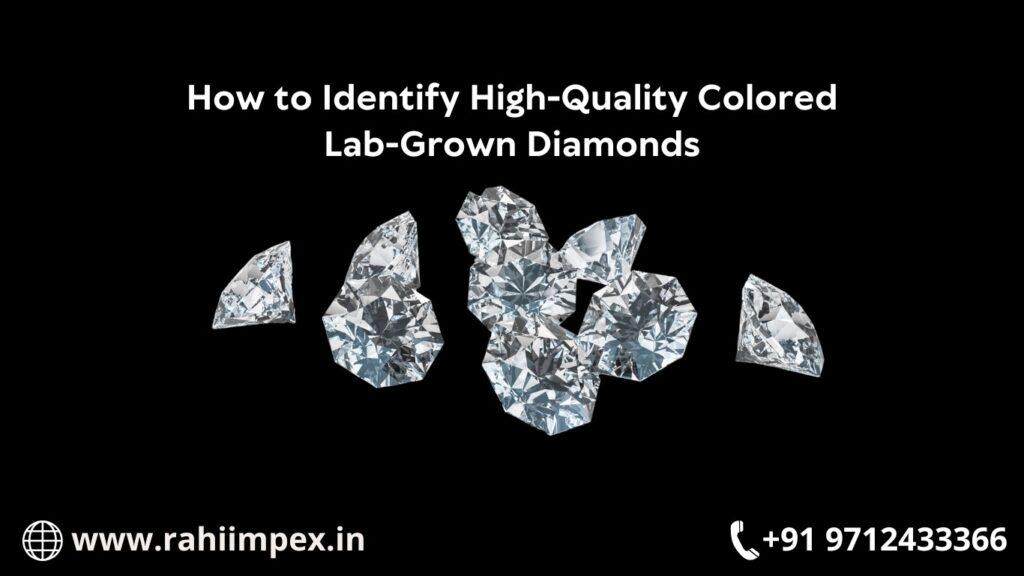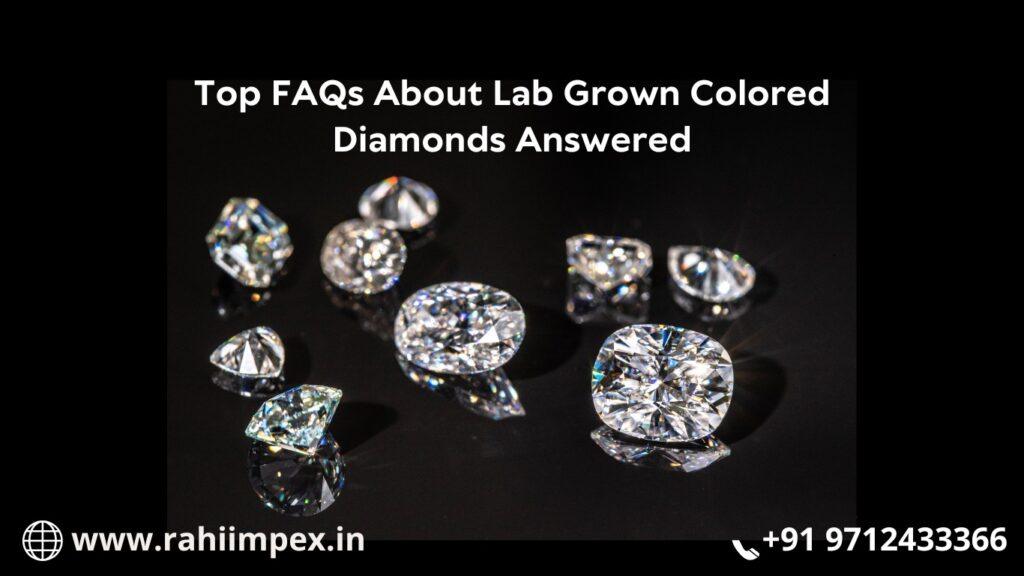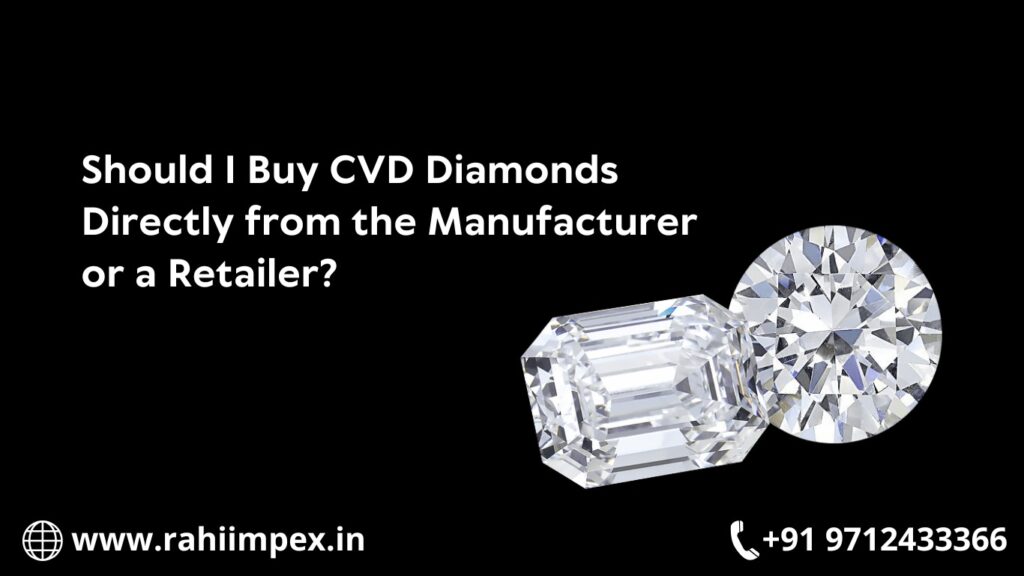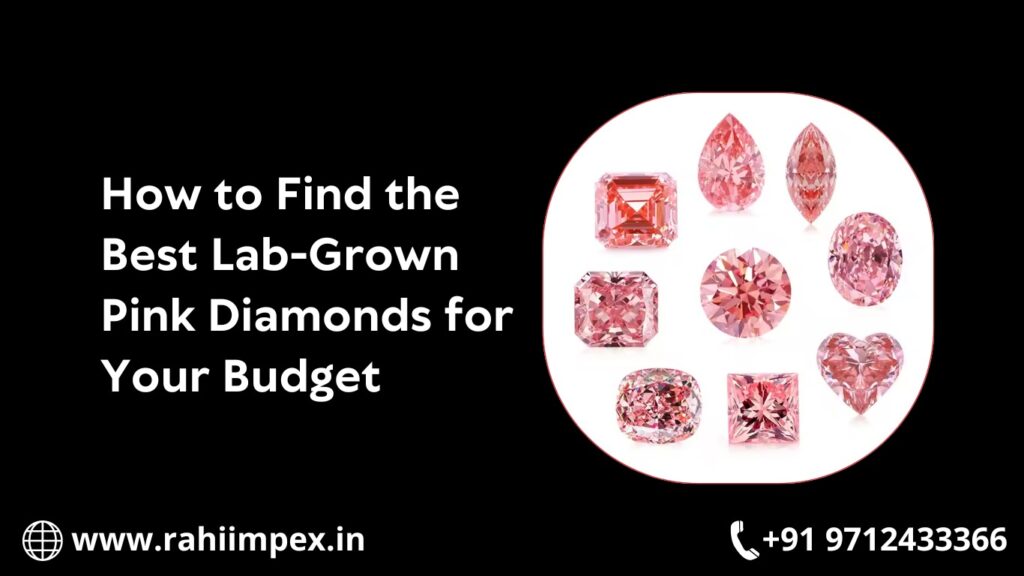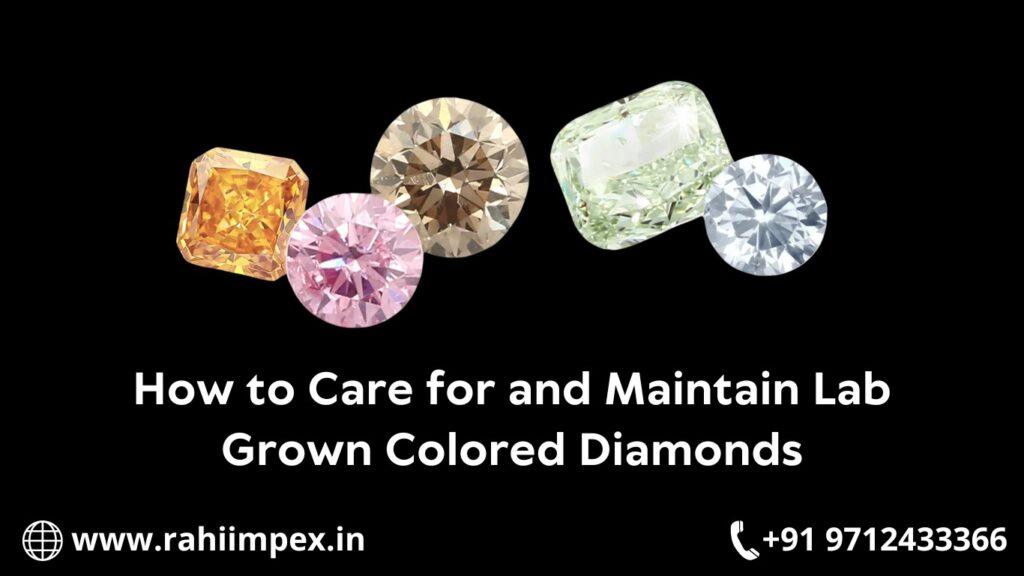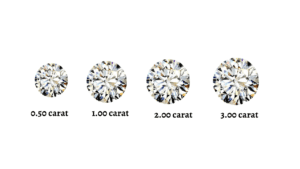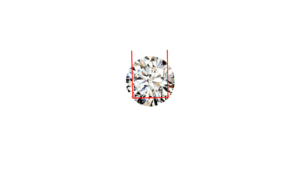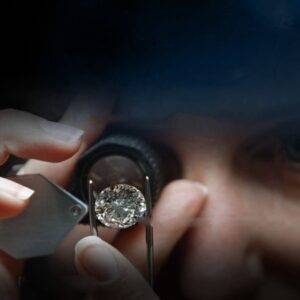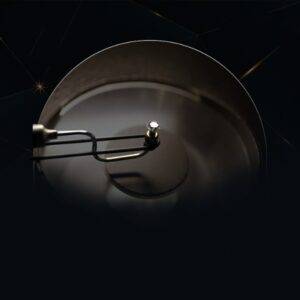Why Choose Fancy Colored Lab-Grown Diamonds
Nowadays, lab-grown diamonds have in amazingly popular among numerous jewelry lovers. These beautiful diamonds offer an ethical and sustainable alternative to all types of mined diamonds. Though colorless diamonds are known as a classic option, these fancy-colored options are widely loved for their remarkable hues.
These attractive gems are both visually striking and environmentally responsible. So, today, these have become a preferred option for modern diamond lovers.
Fancy-Color Lab-Grown Diamonds: What Are These?
These diamonds are usually created in a controlled laboratory environment. Thus, these diamonds may come in various types of vibrant hues and also traditional, colorless options.
Scientists can produce different types of diamonds, including stunning colors such as pink, yellow, green, blue, and some deep reds. They can create these colors by adjusting or introducing different kinds of growth conditions during the formation procedure.
Popular Types of Fancy Color Lab-Grown Diamonds
- Pink Diamonds: Pink is a symbol of romance. These pink diamonds are very popular and can be created through certain adjustments in temperature and pressure.
- Yellow Diamonds: Scientists can crate yellow diamonds with nitrogen. These beautiful diamonds can exude both elegance and warmth.
- Green Diamonds: Green diamonds are quite rare and refreshing. These are created through controlled radiation exposure.
- Blue Diamonds: Blue diamonds can offer a stunning and mesmerizing deep look. These can be created with boron.
- Purple and Red Diamonds: These are some unique shades in diamonds. Scientists can create these diamonds through intense lattice distortions
Fancy Colored Lab Grown Diamonds: Why Choose These?
There are several interesting reasons why many diamond lovers love fancy colored lab-grown diamonds. Some of those are:
- A Unique and Vibrant Option
These diamonds come in a stunning variety of colors. Also, these can offer scopes for some personalized and unique jewelry designs.
- Sustainable and Ethical
Unlike natural mined diamonds, these diamonds need no dangerous or destructive mining procedures. Thus, these are quite environment-friendly options.
- Exceptional Quality
These attractive diamonds have the same chemical, physical, and also optical properties as those natural, mined diamonds. Thus, these can ensure amazing durability and beauty.
- Affordable Option
These beautiful diamonds are generally more affordable than those mined options. So, customers can easily get some luxurious pieces at affordable prices.
How To Pick the Right Colored Diamond?
When you need to choose a beautiful colored diamond, you must check out the 4C’s of diamonds. Those are cut, color, carat, and clarity. The 4Cs are the global standard for properly assessing the quality of both mined and lab-grown diamonds.
How To Style Your Fancy Colored Lab Grown Diamonds?
You can choose these stunning diamonds for lots of jewelry pieces. Such as earrings, rings, bracelets, nose rings, pendants, and more. Also, the metals can be quite different. For example, trendy rose gold, vintage yellow gold, stylish white gold, or even classic platinum. You can choose any of these metals and jewelry options to flaunt your fancy colored lab grown diamonds.
Hence, fancy colored lab grown diamonds can always offer a stunning array of options for numerous jewelry lovers worldwide. These diamonds come with ethical sourcing, vibrant hues, and also amazing affordability that will always amaze you. So, when you need a stunning statement piece, just go for these striking and sustainable diamonds.

